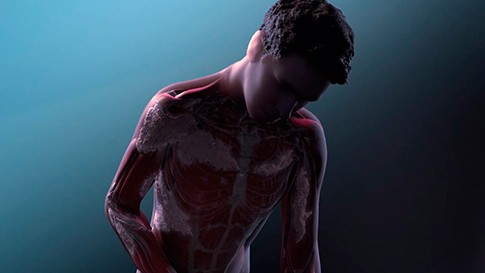Heart disease affects 1 out of every 4 people in the United States.
Breast cancer affects 1 out of every 8 women in the United States.
In an average year, 1 out of every 4 Americans comes down with the flu.
These are recognizable conditions because they occur in many individuals. You probably know somebody who has had one of these conditions, if not yourself.
1 in 2 million. That is the prevalence of a disease called fibrodysplasia ossificans progressiva, or FOP. Only 800 people worldwide have been confirmed to have FOP out of an estimated 3,000 with the condition. Until recently, I had never heard of this disease. After working on an animation project, I now know more about FOP than I could ever imagine. My team at XVIVO Scientific Animation parntered with Clementia to produce a video that animates the disease process of FOP and the mechanism of action of an investigational agent, palovarotene.
Individuals who have FOP are affected from birth, though the effects of the disease are mild at first. In FOP, bone grows where it is not normally found – in muscles, tendons, and ligaments. Over time, the bone growth becomes so extensive that a second skeleton formson top of muscles and joints, severely limiting the person from moving normally. In extreme situations, some people with FOP have trouble eating and speaking from bone growth around the mouth and have trouble breathing from bone growth around the rib cage.
The excessive bone growth occurs in response to a tissue injury, for instance a fall or an injection with a needle. Therefore, people with FOP have to be extremely careful and are a bit limited in the medical treatment that they should receive.
Unfortunately, there is no cure for FOP and no existing treatments. The genetic mutation that causes the disease is known and there are emerging treatment options being investigated in FOP, including palovarotene.
Rare diseases don’t receive as much attention from the health care community as their more frequently-occurring counterparts. Fortunately, through the advocacy of patients and their families and the dedication of researchers, treatments and cures for rare diseases are becoming more of a reality. We are honored to help educate health care providers about the disabling nature of FOP through our scientific animation.
